Bid Confidently, Win Consistently – Zip Code Estimates Made Easy!
- Accurancy
- Efficiency
- Transparency
- Customization
- Time Saving
- Professionalism
- Cost Control
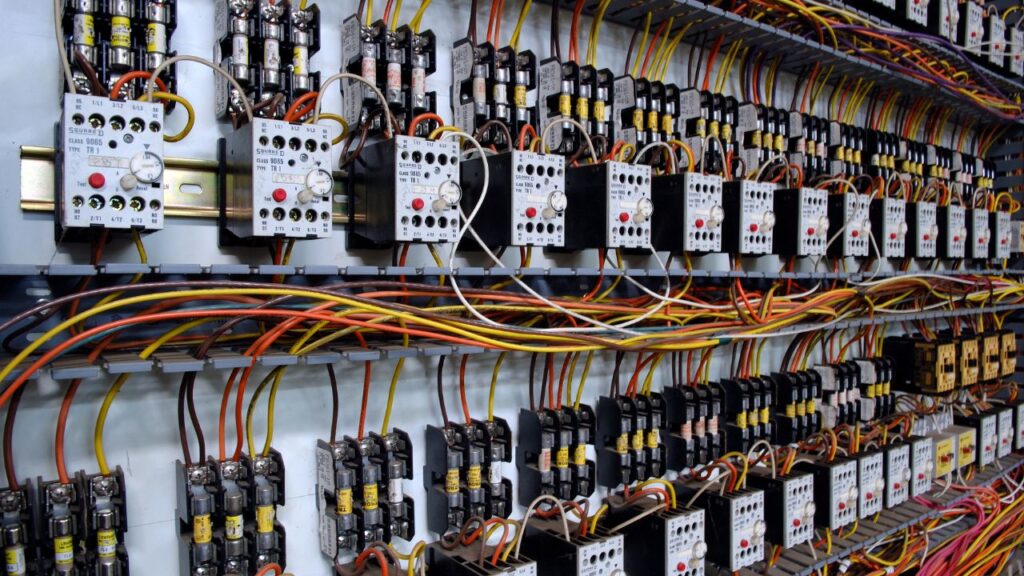
The cost of replacing an electrical panel in Florida varies for both commercial and residential properties and is influenced by several factors. On average, the expense falls within the range of $1,000 to $6,000. However, if a comprehensive service update is necessary, the cost can escalate to $10,000 to $12,000. The overall expense is determined by factors such as the size and capacity of the electrical panel, the complexity of the installation process, and any additional upgrades required to comply with current safety codes.
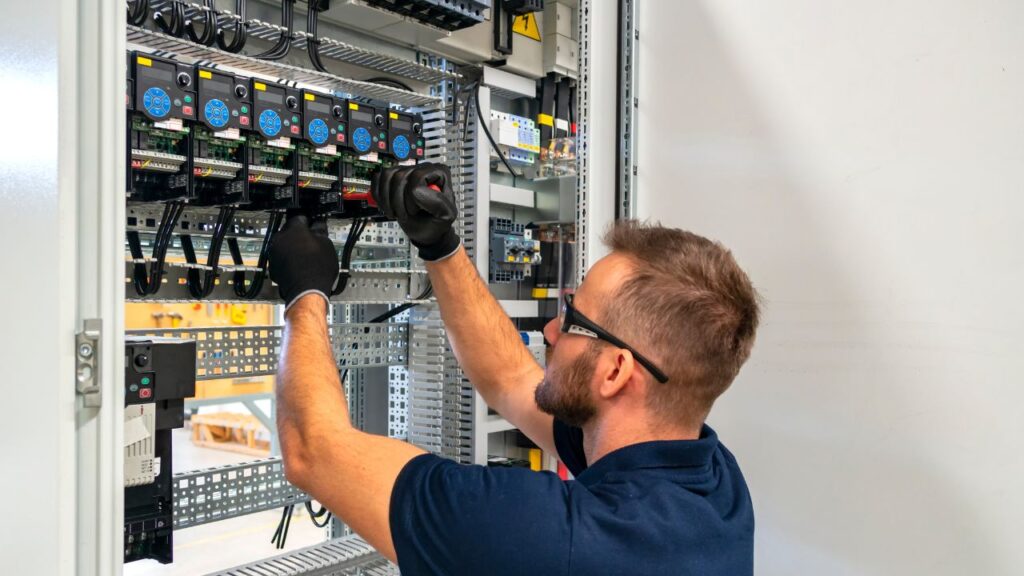
Whether for commercial or residential properties, individuals contemplating this investment should obtain quotes from qualified electricians. At Estimate Florida Consulting, we provide detailed estimates tailored to your project’s specific needs.
The expense associated with replacing an electrical panel can vary based on several factors, such as the type of panel or box, required amperage, accessibility considerations, and more. When you enlist a professional for this home improvement project, your investment is allocated to various aspects.
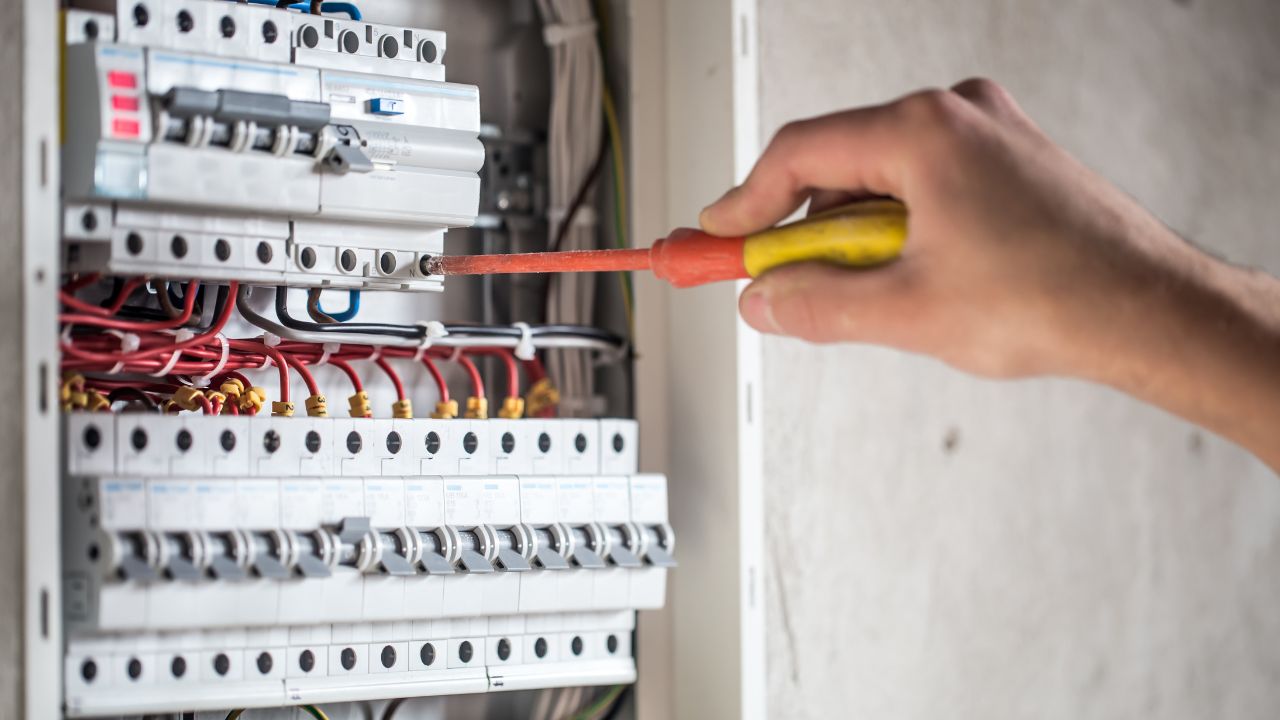
Fully Insured Licensed Hire a Contractor For Electrical
Hire Contractor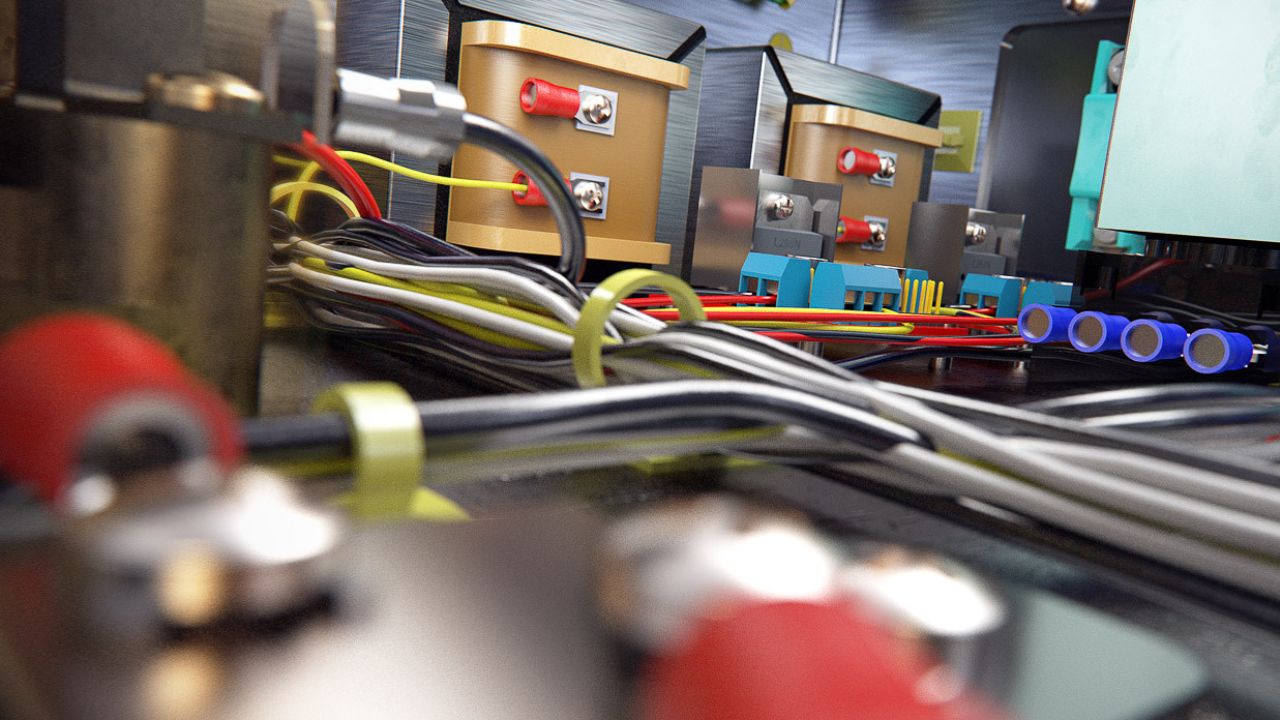
Make Informed Design Decisions Showcase Your Design Ideas
Get RenderingThe cost escalates with higher amperage, as these amps determine the maximum power capacity for your home. While most homes function well with 150 or 200 amps, a 100-amp box might be suitable for smaller houses without many appliances or air conditioning. Let’s explore the cost ranges for common amperages, keeping in mind that these costs pertain to parts only.
Amperage Amount | Updated Cost Per Box |
100 Amps | $120—$240 |
150 Amps | $180—$300 |
200 Amps | $300—$420 |
400 Amps | $600 |
The category of electrical panel or circuit box represents a significant cost determinant, given the complex nature of these systems. Not all components within these systems necessitate simultaneous replacement. The primary breaker panel governs the circuit breakers, determining the overall electricity consumption in the home. In the realm of circuit breakers, there are three primary types, each associated with distinct cost ranges.
Type of Circuit Breaker | Updated Cost Per Unit | What to Know |
Standard Circuit Breaker | $12 | Found in most single-family homes. |
GFCI (Ground Fault Circuit Interrupter) | $36—$120 | Specialized breakers prevent electric shocks if it contacts water. |
AFCI (Arc Fault Circuit Interrupter) | $36—$120 | Resist loose connections in the wiring. Required by some municipalities. |
Electrical panels and boxes are strategically positioned throughout the home, adhering to location rules and guidelines. The accessibility of your panels directly impacts labor costs, with newer homes often featuring panels outside in a waterproof box for convenient access. Moving the electrical panel outdoors involves extensive wiring and incurs costs ranging from $1,800 to $3,000, enhancing accessibility to power down the entire system in case of emergencies.
A significant portion of the project budget is allocated to labor when hiring a local electrician. The replacement of an electrical panel and its associated components requires a minimum of 24 hours of work, with some projects extending to 36 hours or more. Professional electricians charge $60 to $180 per hour, resulting in a total labor cost ranging from $1,200 to $5,400. The replacement of a single panel, excluding additional upgrades, typically takes four to nine hours.
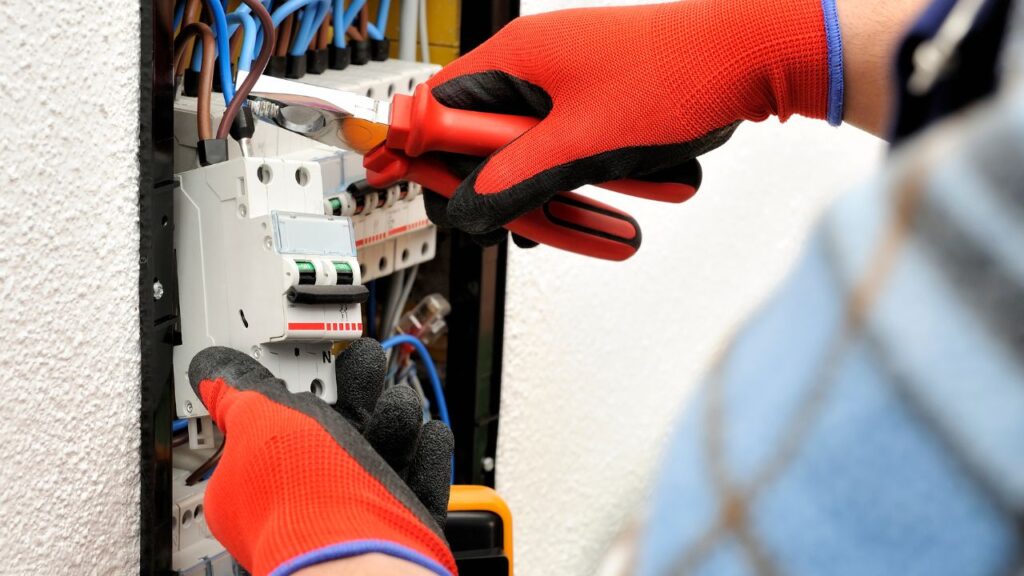
Given the substantial electrical work and associated risks, obtaining a permit from a local regulatory agency is imperative for panel replacement. Many electricians handle the permit application on your behalf, with the cost incorporated into the overall estimate. Electrical permits typically range from $60 to $360, contingent on your location. The post-job inspection cost is usually included in the permit fee.
The term “electrical panel” encompasses various components within your home’s electrical system, extending beyond the panel itself. Numerous parts are susceptible to significant maintenance issues, necessitating replacement. Furthermore, when opting to upgrade this system, many homeowners choose to replace existing components, such as standard fuse boxes, to facilitate complete integration.
Type of Electrical Panel | Updated Cost Range |
Main Breaker | $600—$2,400 |
Fuse Box | $1,800—$2,400 |
Main Lug Panels | $480—$2,100 |
Subpanel | $636—$2,328 |
Circuit Breaker Switch Replacement | $120—$240 |
Electric Meter Box Replacement | $120—$780 |
The main breaker oversees the power distribution to connected circuit breakers and circuits. Installing a new main breaker box typically costs around $600 to $2,400, with the precise expense influenced by the unit’s amperage and the number of associated circuits. A low-amperage main breaker with a few circuits falls toward the lower end of the price range, while a breaker with an amperage of 300 or 400 amps resides at the upper end of that range.

When upgrading an electrical panel, many homeowners choose to replace the existing fuse box with a circuit box designed for the new panel. This switch helps safeguard the wiring from melting due to excessive heat. Replacing a fuse box with a circuit breaker box now costs $1,800 to $2,400, and this price may if the wiring requires a complete overhaul. Replacing an existing fuse box with another fuse box of a similar type now costs $240 to $2,400.
Main lug panels, a type of subpanel, also known as a downstream panel or secondary panel, lack the main breaker and serve as a space for additional circuit breakers to reduce the load on the entire system. This main lug panel, functioning as a distribution panel to other subpanels downstream, costs $480 to $2,100 to install, depending on the amperage and circuit capacity.
If your main breaker box is at full capacity, adding a subpanel to the number of available circuits is a viable solution. The cost to install a subpanel now ranges from $636 to $2,328, depending on the amperage and the number of integrated circuits. Subpanels typically offer space for four to 20 circuits, depending on their design.
The replacement of a circuit breaker switch now falls within the range of $120 to $240, encompassing both parts and labor. Standard 15- to 20-amp circuit breaker switches cost $6 to $18 each, while larger 20-amp switches now cost $12 to $24 each. If you choose to stick with your old fuse box instead of transitioning to a circuit breaker box, purchasing a set of three fuses now costs $6 to $12. Some older fuses, which may be harder to find, can drive up the price to $84 each, depending on availability.
The installation of a new electric meter now costs $120 to $780, covering both parts and labor. As the name implies, a meter box houses the meter responsible for measuring your electricity consumption. Professionals typically install meter boxes outside to ensure accessibility for utility workers. These boxes are equipped with locks and are resistant to both water and weather. Consider replacing your electric meter box if you’re adding more circuits through the installation of one or two subpanels. Additionally, it’s advisable to replace older meter boxes that may contain mercury.
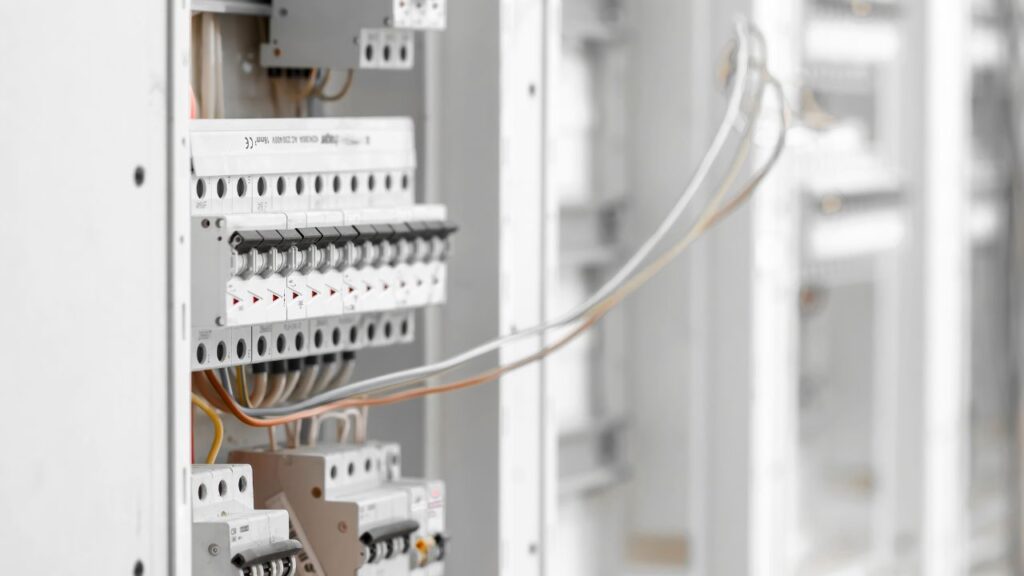
In addition to parts, materials, and labor, homeowners may encounter extra expenses associated with this project. These costs typically arise from non-mandatory projects often suggested by professional electricians during electrical panel upgrades.
Relocating the electrical panel to a different spot within the home or outdoors now costs $1,200 to $3,600. The variation in costs depends on factors such as the number of circuits, the new location, the number of floors, and whether the box serves as a circuit junction. In some instances, professionals may need to remove a section of drywall to access the panel or create a new space for the circuit. If this is necessary, additional charges apply for installing new drywall, with a cost ranging from $1.80 to $3.60 per square foot.
Trenching, a process involving burying the overhead line during electrical panel replacement, involves collaboration between an electrician for the wiring and a local professional excavator for trench digging. Trenching now costs around $7.20 per linear foot, resulting in a project cost of $720 to $2,520 to bury associated wires and lines. These costs encompass both materials and labor for both the electrician and excavator.
Homeowners often choose to add more outlets during electrical panel replacement to preempt future service calls. The cost of adding an outlet now ranges from $120 to $222, depending on factors such as the outlet’s location, required wiring, and whether new circuits are necessary.
If your electrician identifies worn-out wiring, they may recommend replacing as much as possible to maintain peak system efficiency. The cost of replacing faulty wiring is now around $7.20 per linear foot, resulting in a total project cost of $720 to $2,760. If your entire home requires new wiring, the costs escalate to $5,400 or more.
How Much Does It Cost To Replace or Upgrade Electrical Panel?
Unveil the cost of securing a safer and more efficient home. Explore the expenses tied to upgrading or replacing your electrical panel, ensuring informed decision-making for your project.

Dealing with electricity poses significant dangers, emphasizing the importance of hiring a local electrician to ensure your safety and compliance with electrical codes. Moreover, professional electricians are insured to cover any potential accidents during the job and may provide warranties on both their work and the installed components—simply inquire during the hiring process.
It’s advisable to entrust professionals with this task, although certain non-electrical steps may be manageable for handy homeowners. For instance, if your electrician removes some drywall, you can undertake the installation of a new sheet on your own. However, the primary electrical tasks should be left to the expertise of a professional.
The average cost for replacing an electrical panel in Florida ranges from $1,000 to $6,000 for standard replacements. However, if a comprehensive service update is required, the cost can escalate to $10,000 to $12,000.
The cost is influenced by factors such as the size and capacity of the electrical panel, the complexity of the installation process, and any additional upgrades needed to comply with safety codes.
Yes, permits are necessary. Electrical permits range from $60 to $360, with the post-job inspection cost usually included in the permit fee.
Additional costs may include relocation ($1,200—$3,600), trenching ($720—$2,520), additional outlets or wiring ($120—$222), and replacing faulty wiring ($720—$2,760).
Dealing with electricity poses dangers, and it’s advisable to hire a professional electrician. While certain non-electrical tasks may be manageable for homeowners, primary electrical tasks should be left to the expertise of a professional for safety and compliance.
The cost of replacing an electrical panel in Florida varies based on factors such as amperage requirements, panel types, location, labor, permits, and additional upgrades. Homeowners should carefully consider these elements to obtain accurate estimates from qualified electricians. Amperage impacts costs, with 100 amps ranging from $120 to $240, while higher amperage incurs higher expenses. Various panel types, such as main breakers and fuse boxes, come with distinct cost ranges. Labor, permits, and potential additional costs, like relocation or trenching, contribute significantly to the overall expense. While DIY options exist for non-electrical tasks, ensuring safety and compliance with codes necessitates professional expertise. Choosing a qualified electrician, like those at Estimate Florida Consulting, ensures a seamless process, emphasizing safety, efficiency, and compliance with electrical standards.
Here I am going to share some steps to get your replace electrical panel cost estimate report.
You can send us your plan on info@estimatorflorida.com
Before starting your project, we send you a quote for your service. That quote will have detailed information about your project. Here you will get information about the size, difficulty, complexity and bid date when determining pricing.
Our team will takeoff and estimate your project. When we deliver you’ll receive a PDF and an Excel file of your estimate. We can also offer construction lead generation services for the jobs you’d like to pursue further.



561-530-2845
info@estimatorflorida.com
Address
5245 Wiles Rd Apt 3-102 St. Pete Beach, FL 33073 United States
561-530-2845
info@estimatorflorida.com
Address
5245 Wiles Rd Apt 3-102 St. Pete Beach, FL 33073 United States
All copyright © Reserved | Designed By V Marketing Media | Disclaimer